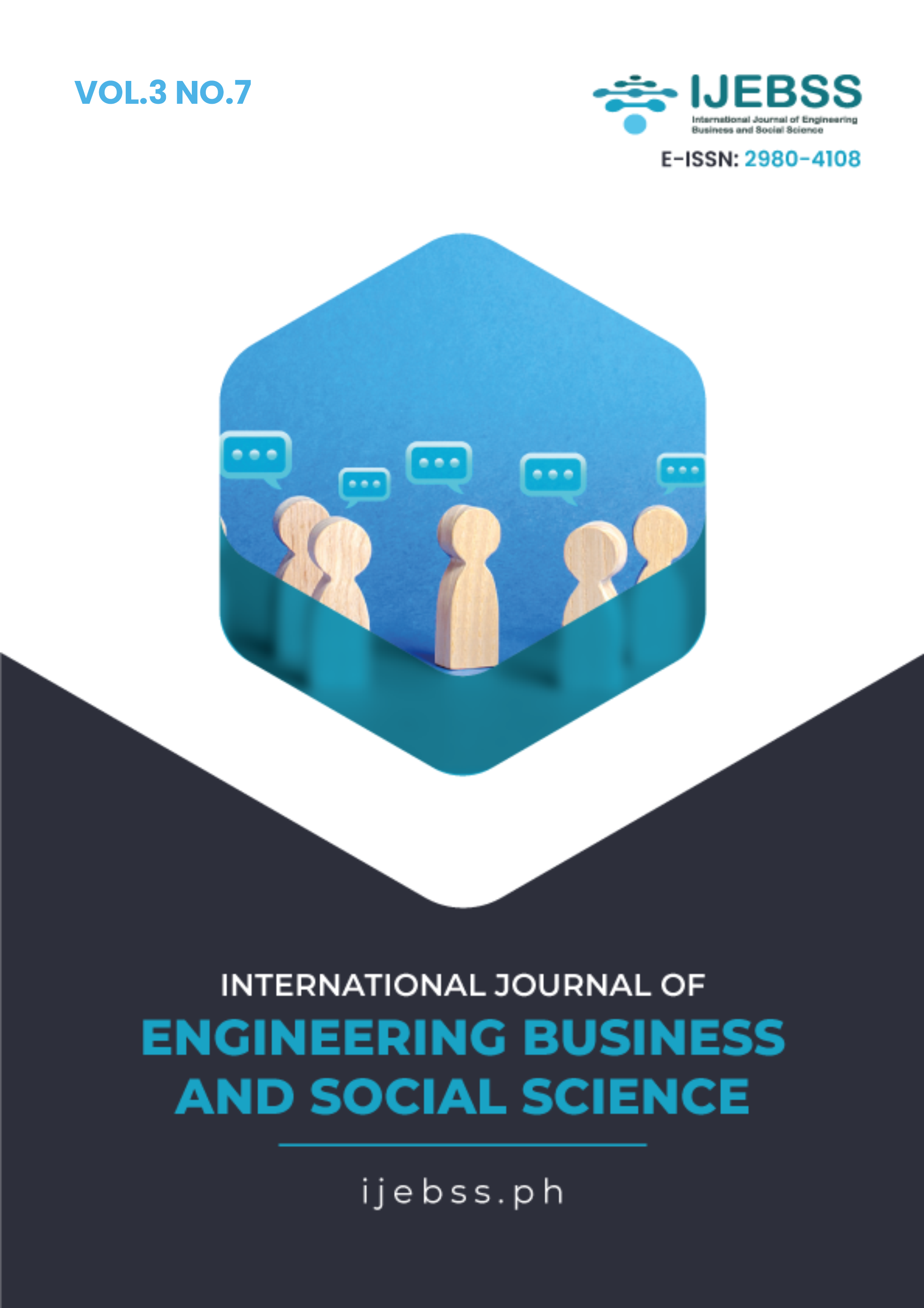Risk Management Analysis in Road Pavement Work in West Sumatra with the Flanagan and Norman Approach (1993)
Keywords:
Road, Risk, Mitigation, Construction, ControlAbstract
Recurrent pavement failures in West Sumatra highlight the urgent need for integrated risk management in road projects. This study aims to identify significant risks, examine barriers to the implementation of mitigation strategies, and formulate an effective risk management approach based on the framework of Flanagan and Norman (1993). The research employed a literature review and in-depth interviews with 15 experts from academia, consultancy, and industry, combined with qualitative analysis using NVivo software and risk priority scoring. The findings indicate that economic risk (R4) ranks as the highest due to fluctuations in material prices, land acquisition challenges, and logistical constraints. The risk mapping suggests that a combination of risk reduction, risk transfer, risk retention, and risk avoidance strategies is required, depending on the characteristics of the risks. Barriers to implementation include delayed payments, weak stakeholder coordination, limited human resources, social resistance, logistical problems, and low compliance with occupational health and safety regulations. The analysis further demonstrates that the success of mitigation strategies is strongly influenced by the clarity of contractual clauses, financial discipline, institutional coordination, and consistency in field implementation. These findings are expected to contribute to the development of sustainable transportation policies and serve as a reference for all stakeholders involved in planning more resilient road projects.
Published
Issue
Section
Copyright (c) 2025 Deby Dacasia, Firmansyah David, Muhammad Ridwan

This work is licensed under a Creative Commons Attribution-ShareAlike 4.0 International License.
Authors who publish with this journal agree to the following terms:
- Authors retain copyright and grant the journal right of first publication with the work simultaneously licensed under a Creative Commons Attribution-ShareAlike 4.0 International. that allows others to share the work with an acknowledgment of the work's authorship and initial publication in this journal.
- Authors are able to enter into separate, additional contractual arrangements for the non-exclusive distribution of the journal's published version of the work (e.g., post it to an institutional repository or publish it in a book), with an acknowledgment of its initial publication in this journal.
- Authors are permitted and encouraged to post their work online (e.g., in institutional repositories or on their website) prior to and during the submission process, as it can lead to productive exchanges, as well as earlier and greater citation of published work.


